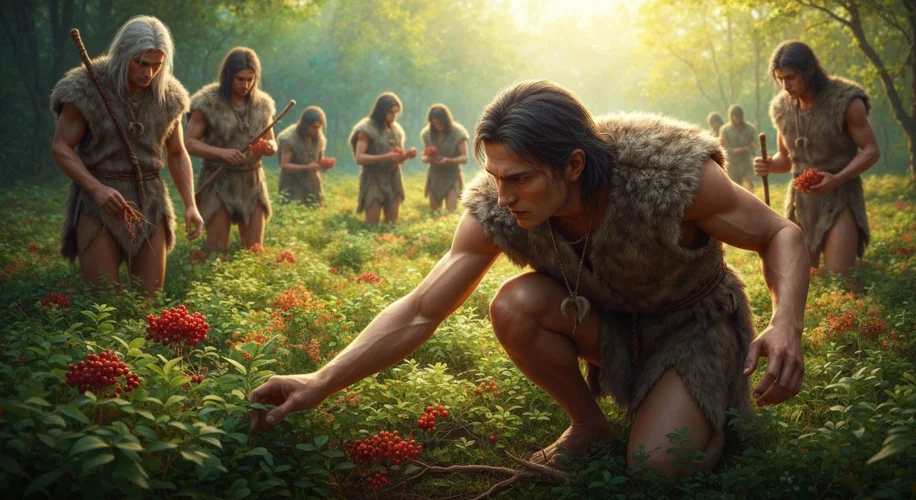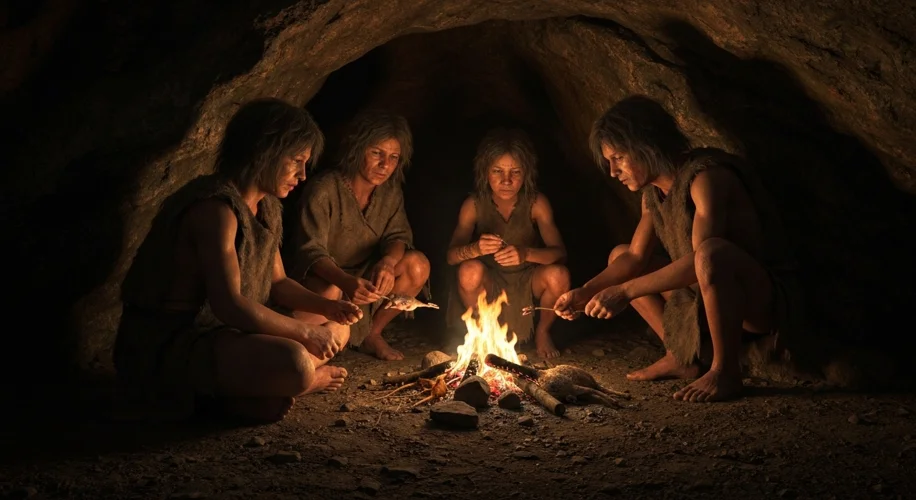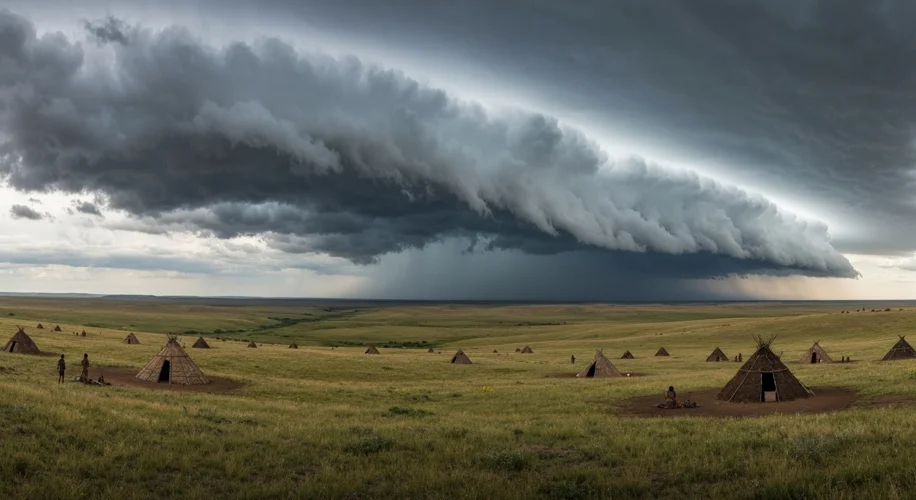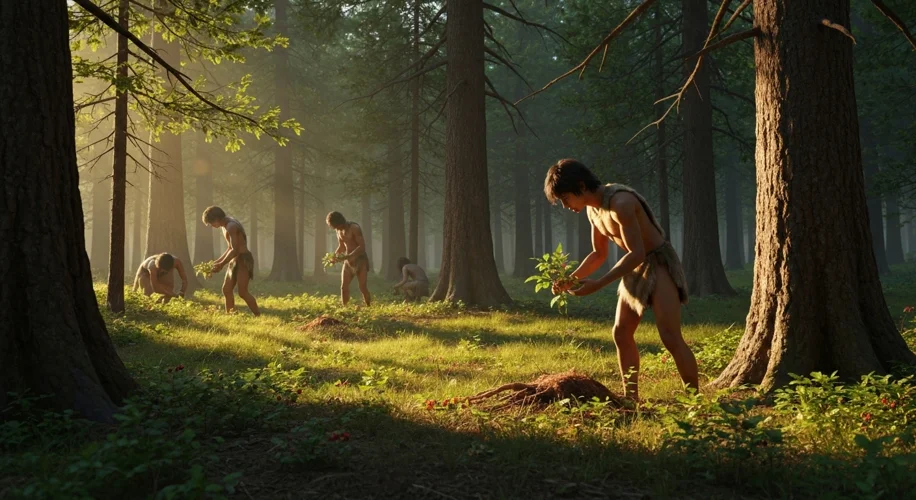Before the hum of tractors and the endless aisles of supermarkets, human existence was a far more visceral struggle. For the vast majority of our history, humanity lived as hunter-gatherers, a life dictated by the rhythm of the seasons and the bounty of the land. The advent of agriculture, the Agricultural Revolution, marked a seismic shift, but it’s crucial to understand what life was like before we learned to sow and reap. It was a world where the specter of starvation was a constant companion, and population growth was a precarious dance on the edge of scarcity.
Imagine a small band of humans, perhaps two dozen souls, moving across a landscape teeming with life, but also with unseen dangers. Their survival depended entirely on their immediate environment and their ability to find and process food. This wasn’t a life of predictable meals; it was a constant foraging expedition. Berries ripened, then withered. Animals migrated, or were driven off by predators. Knowledge of edible plants, their seasons, and their preparation was passed down through generations, a vital, life-or-death curriculum.

The relationship between food supply and population size in these pre-agricultural societies was starkly immediate. Unlike today, where technology can buffer us from immediate shortages, any significant disruption – a prolonged drought, a harsh winter, a blight on edible plants, or the disappearance of a key animal species – could spell disaster. A population that grew too quickly, or whose food sources unexpectedly dwindled, would quickly find itself in a desperate situation. The carrying capacity of the land was a brutal, unforgiving master.
This meant that population growth was naturally kept in check by a grim, albeit effective, set of factors. When food became scarce, malnutrition would set in, weakening individuals and making them more susceptible to disease. Infant mortality rates were notoriously high, and even adults faced a constant threat of dying from hunger-related illnesses or simply from lack of energy to evade predators or perform strenuous tasks like hunting. Famine was not a rare event but an inherent risk.
Consider the nomadic lifestyle. Hunter-gatherer groups were typically small and mobile, following game herds or seasonal plant harvests. They couldn’t afford to have large, settled populations that would quickly deplete the local resources. Their social structures were often egalitarian, with decisions made communally, and a deep understanding of ecological balance was paramount. Overhunting or over-gathering in one area would mean future hardship, so sustainable practices, born out of necessity, were likely ingrained in their culture.
Evidence from anthropological studies of contemporary hunter-gatherer societies, while not a direct mirror of our deep past, offers glimpses into this delicate equilibrium. These groups often practice forms of birth control, infanticide (a difficult but historically common practice), or extended periods of breastfeeding, all of which serve to space out births and keep population growth within the limits of what the environment could support. The elders, possessing the accumulated wisdom of generations, played a crucial role in guiding the group’s movements and resource management.

The potential for widespread starvation was a constant hum beneath the surface of daily life. A successful hunt could provide sustenance for days, leading to periods of relative abundance. However, these periods could be followed by weeks or months of lean foraging, where every edible leaf and grub was a prize. The psychological toll of this uncertainty must have been immense, shaping worldviews, mythologies, and social behaviors.
The transition to agriculture, beginning around 10,000 BCE, offered a new path. By domesticating plants and animals, humans could create more predictable and concentrated food sources. This, in turn, allowed for larger, settled populations, the development of villages, and eventually, cities. However, this revolution also brought its own set of challenges, including new diseases, social stratification, and a dependence on a narrower range of food crops that could still be vulnerable to environmental changes.
Before agriculture, humanity existed in a state of precarious balance. Population was tethered to the land’s immediate capacity, and the daily struggle for sustenance was a defining feature of existence. While romanticized notions of a ‘noble savage’ living in harmony with nature are often portrayed, the reality was likely far more challenging, a constant negotiation with an indifferent environment where hunger was a frequent, and sometimes fatal, reality. Understanding this pre-agricultural world is key to appreciating the profound impact of the Agricultural Revolution and the long, complex journey of human civilization.


